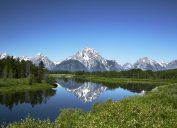13 Things People Living in Hawaii Wish You Knew About Their State
From the spirit of aloha to "island time," these are the Hawaiian things you need to know.
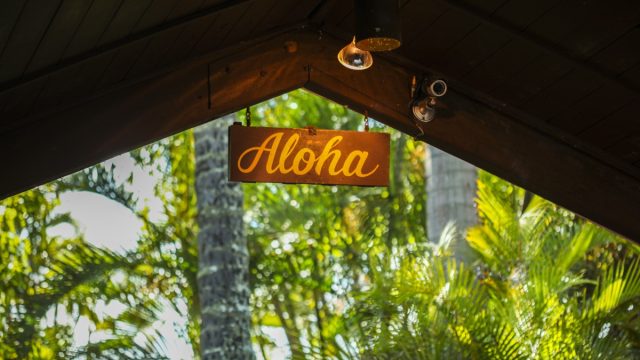
Many people flock to Hawaii to visit its bounty of beautiful islands and unique cultures. However, just because you've made the journey to Hawaii doesn't mean you understand the spirit of aloha or what its like to live on "island time." People living in Hawaii take their land and homes very seriously, and are not keen on strangers disrespecting their culture. To help you better understand Hawaii from a true Hawaiia resident's experience, we've rounded up these 13 things people living in the state of Hawaii wish you knew.
1
When you say "Hawaii," it can mean many different things.
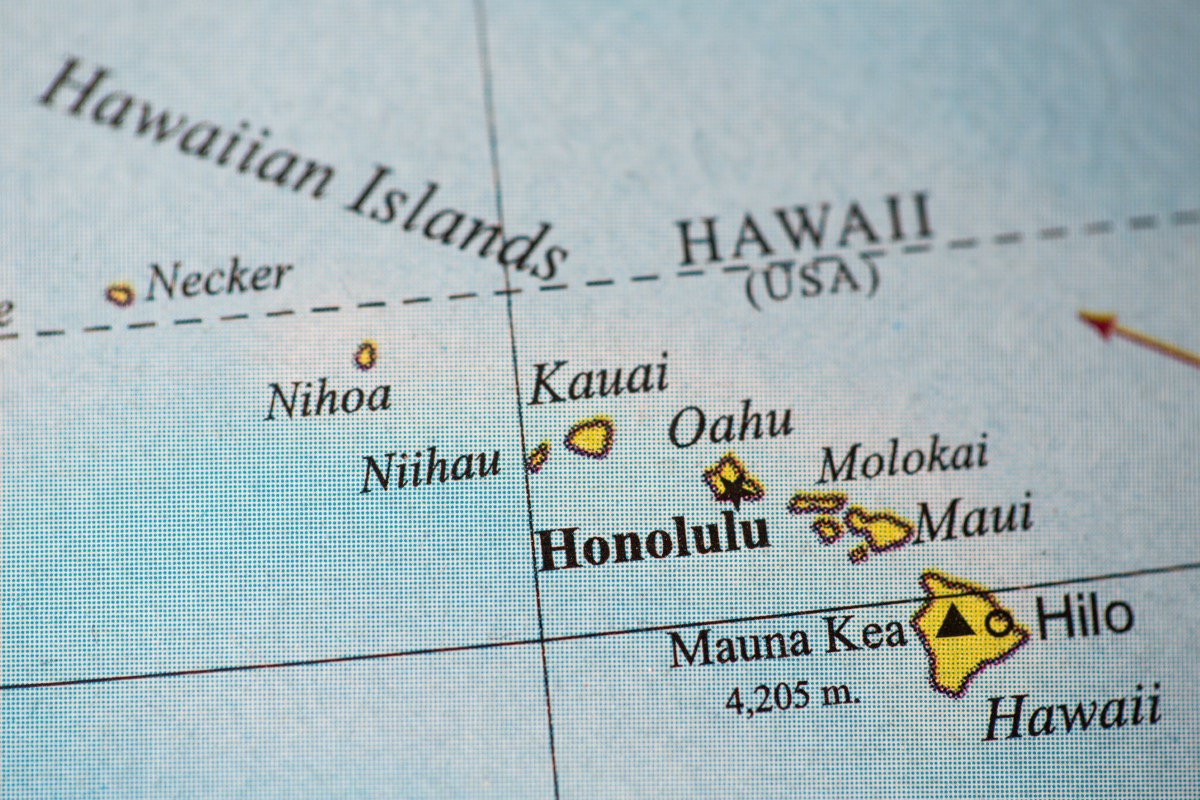
The entire state, which is made up of a bunch of different islands, is called Hawaii. But the largest island in the state, and the county, are also called Hawaii. This can all be a bit confusing, so a lot of people call Hawaii island the "Big Island" to separate things, as former Big Island resident Lauren Keys explains.
2
The coastline of Hawaii island is still being formed.
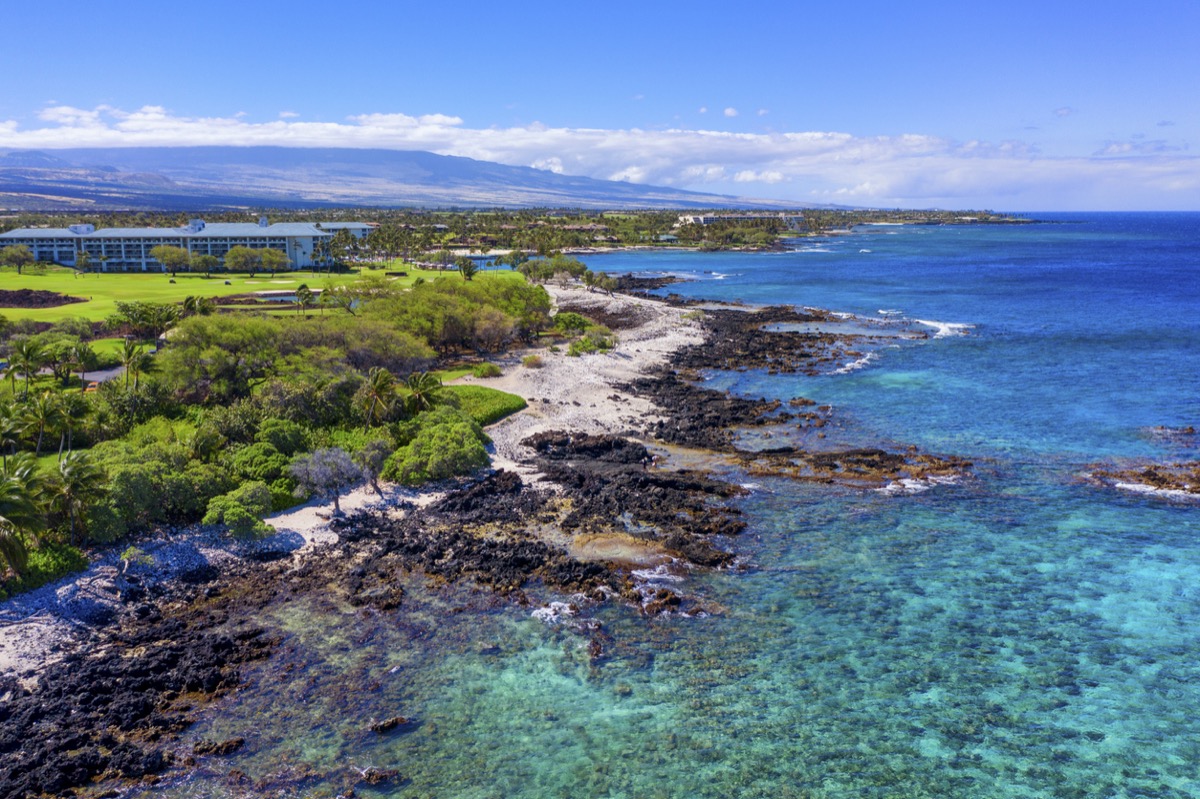
If you go to the Big Island, however, be prepared for fewer sandy beaches and not as much lush greenery as the other islands, says Keys. This is because the island's coastline is still being formed by active volcanoes: Mauna Loa, Kīlauea, and Loihi. In fact, in 2018, the Kīlauea volcano formed a new island off the coast of Hawaii, which eventually became connected to part of the coastline.
3
"Island time" is a real thing, but people still have to work.
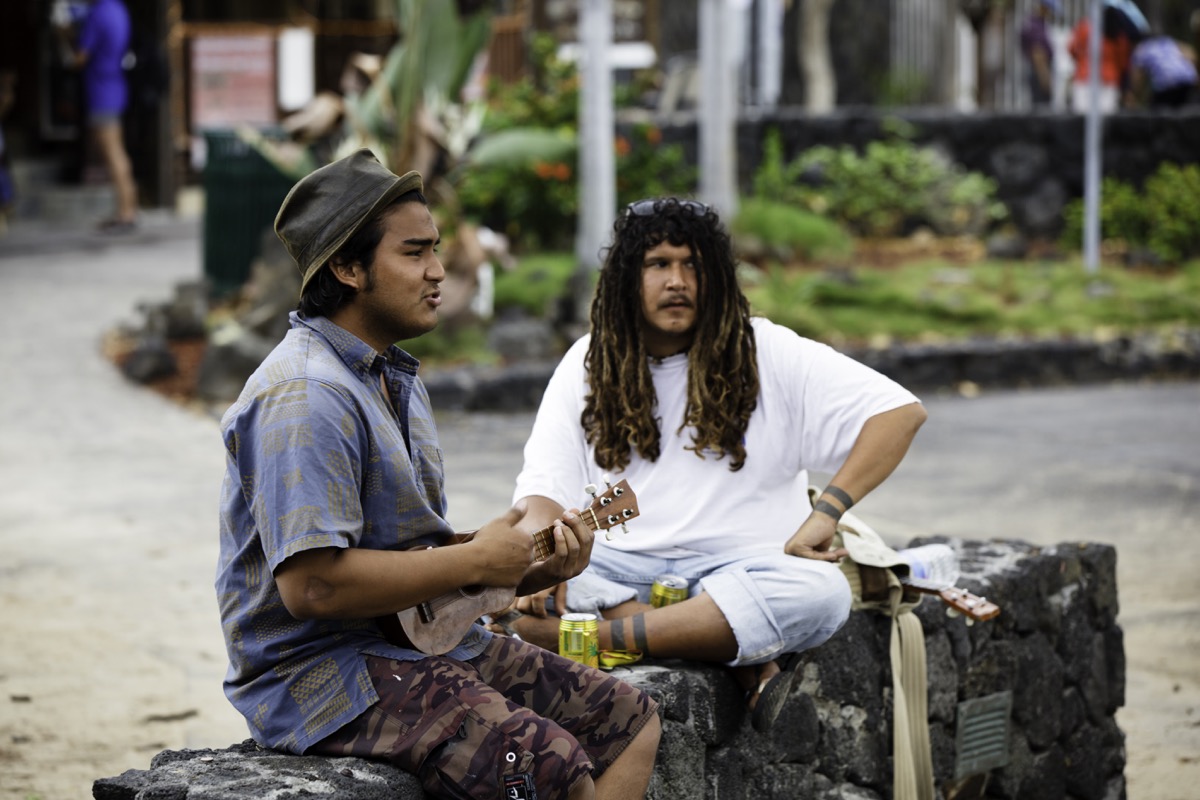
Yes, you may find a more relaxed culture in Hawaii where people aren't as fast-paced as your typical mainland city—engaging in what many people refer to as "island time." For instance, you won't see someone suffering from road rage and honking their horn when they're in a hurry like you would in New York City. But still, "real people with real jobs live here," says long-time Kauai resident Elaine Schaefer. Just because you are on vacation doesn't mean everyone else is. That means loud noises at 4 a.m. aren't appreciated by locals.
4
Lei etiquette is very important.
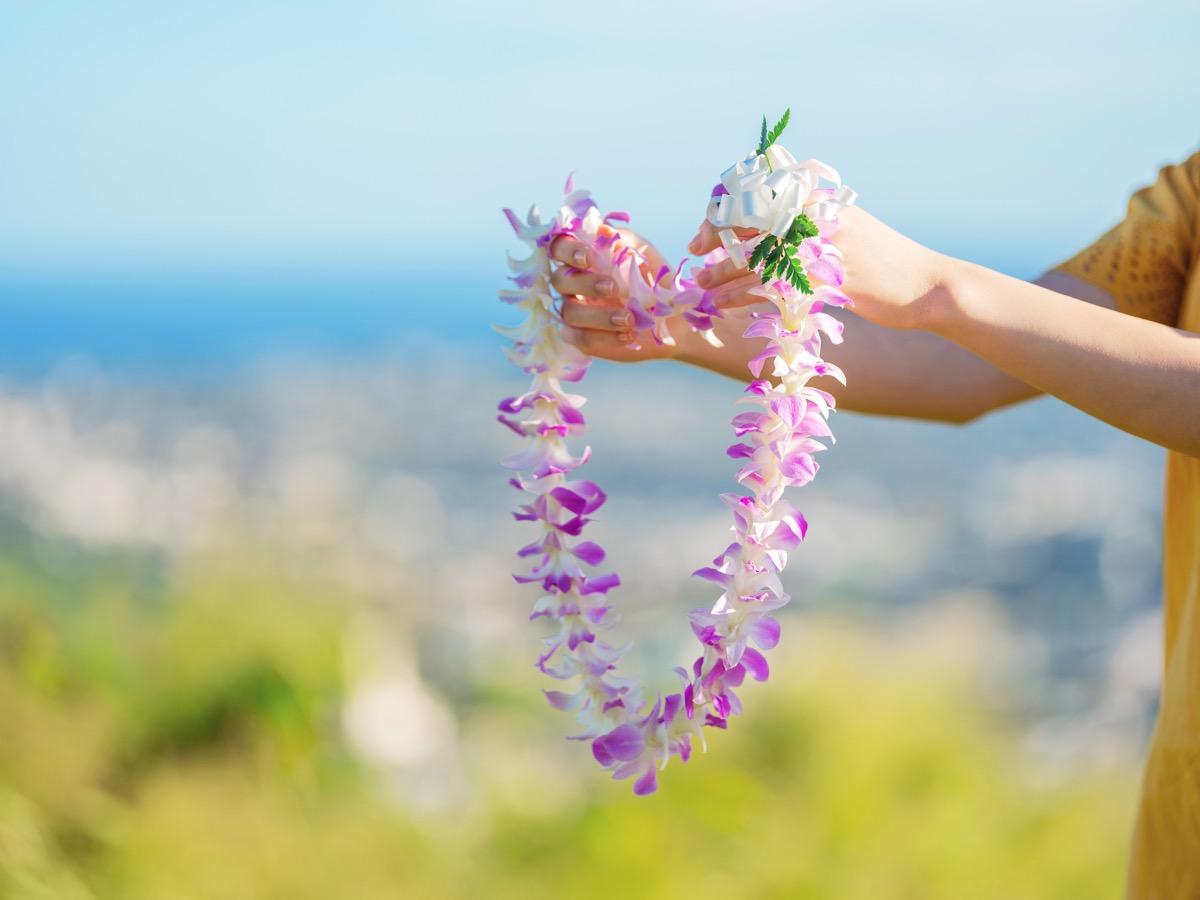
People might think lei are a kitschy tradition tour guides put on for Hawaii visitors, but the culture and history of the lei custom is very important to Hawaii natives. In proper lei etiquette, anyone can wear a lei when it is given to them, but it is a "welcomed celebration" that should always be accepted and never refused. And you should drape it around the shoulders, overhanging in the back and the front. The most important rule is to never remove your lei in front of the person who gave it you.
5
Coffee is grown here, so it's better.
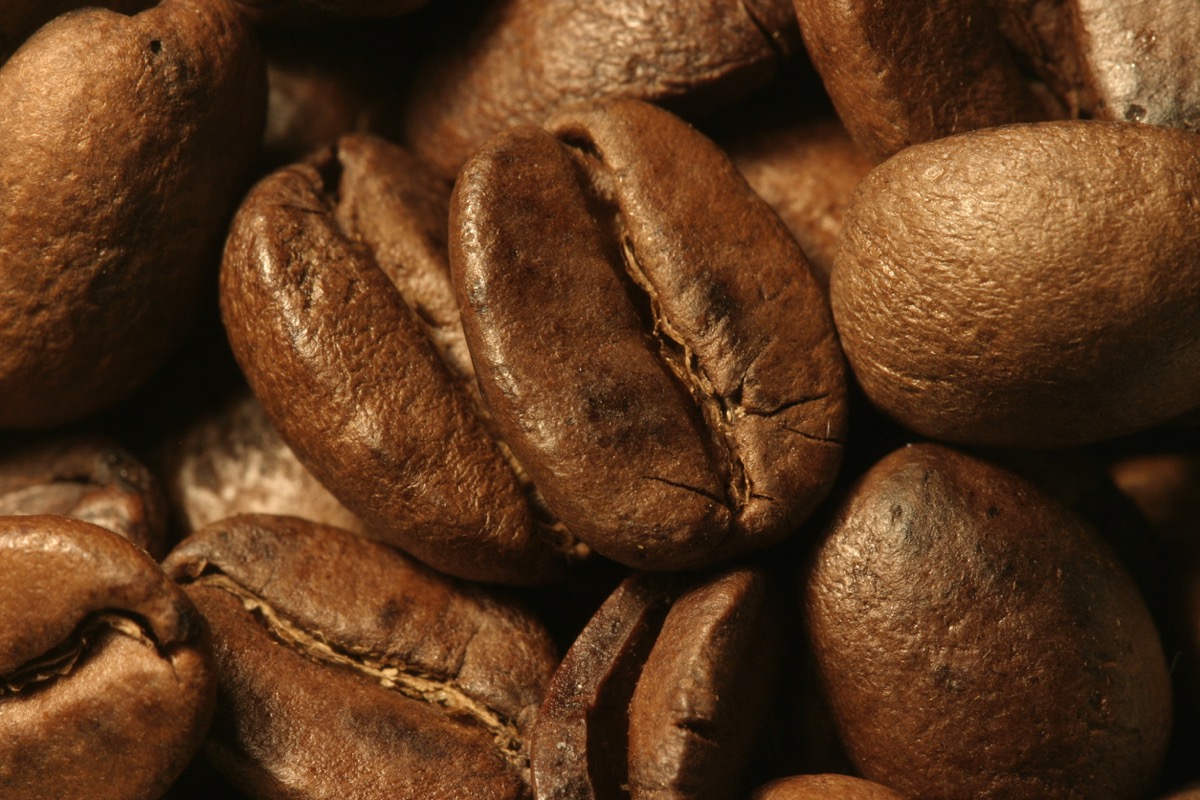
Hawaii is one of only two states that grow their own coffee beans (California being the other, but it came much later). There are more than 700 coffee farms in Hawaii, but the largest and most popular is Kona Coffee, which is grown on the Big Island in the rich, volcanic soil of the Mauna Loa and Hualalai volcanoes.
6
The spirit of aloha is taken very seriously.

Many people think aloha is just the Hawaiian way to say "hello" or "goodbye." However, the spirt of aloha is so much more than that—meaning "love, peace, and compassion." It's about treating everyone with the same respect and care as people's Hawaiian ancestors once did.
"The spirit of aloha is a real thing, and it goes far beyond the southern hospitality we were used to from living in the Southeastern United States," Keys says. "People in Hawaii genuinely care about each other and will help anyone out. Hitchhiking is still viable [in Hawaii] for that reason."
7
People don't give "normal" directions here.
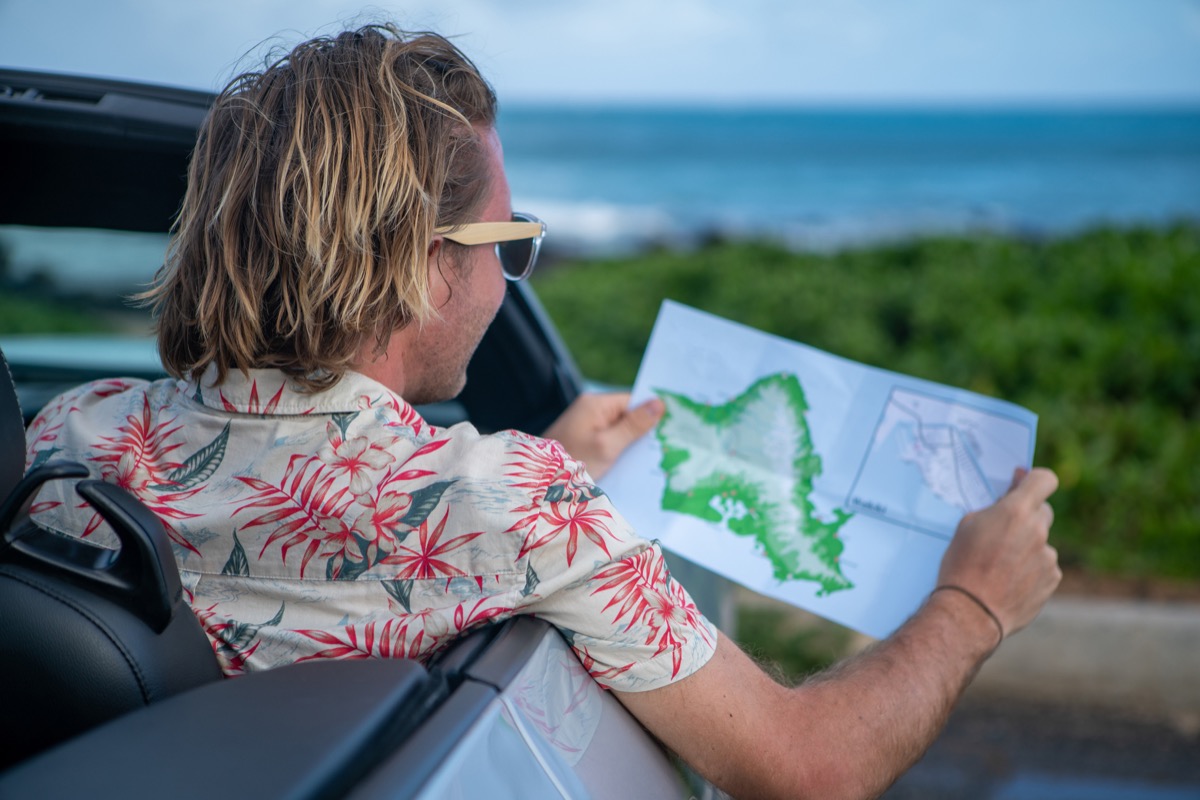
There's no "north" and "south" or "left" and "right" when it comes to a Hawaii resident giving directions. All of the islands have a "windward" and "leeward" side. Windward describes the north- or east-facing land that is wet and rainy, yet lush and green. Leeward side faces south or west, and tends to have more sunshine and less rain, making it hot and dry with beaches. And because most roads follow a coastline, Hawaii residents don't typically give right or left directions. They say "mauka," which means on the mountain side of the road, or "makai," which means on the ocean side of the road.
8
It's not warm and sunny everywhere.
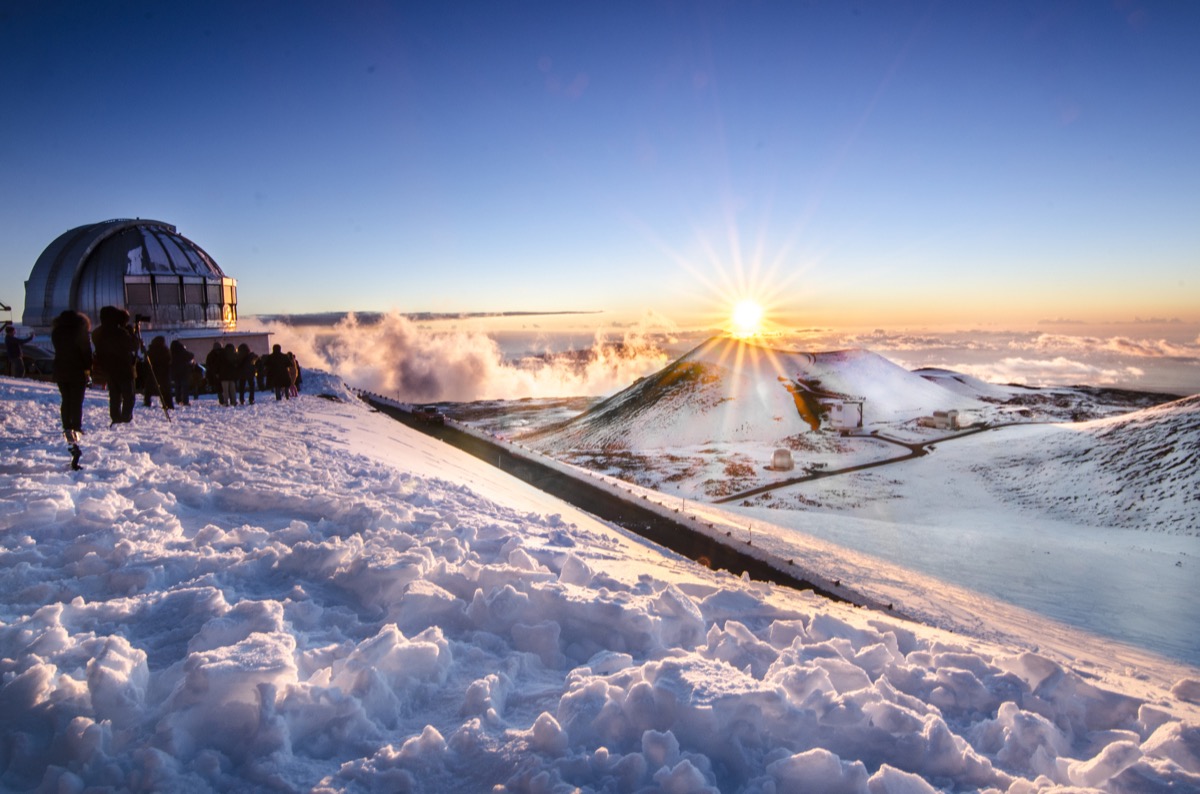
Yes, it rains in Hawaii. So, be prepared with a raincoat. And if you want to go to the mountain summits of Mauna Loa, Mauna Kea, and Haleakala during the winter, bring a coat. It does snow in Hawaii. Professional skiers and snowboarders have even taken to riding the unofficial slopes of Mauna Kea whenever it snows.
9
Billboards are banned in the state.

Hawaii is one of only a few states (and the first) to ban billboards. (Maine, Vermont and Alaska have, as well.) And even if you've never thought about it, it makes sense. How many Hawaiian vacation photos have you seen with no billboards in sight? This is to maintain the scenic views of mountain ranges and oceans for both tourists and natives.
10
Hawaii is home to two national parks.

It's not all about the beaches when it comes to Hawaii, however. Alongside many park areas and historical parks, the state is also home to two national parks: Hawaii Volcanoes National Park and Haleakala National Park. Hawaii Volcanoes National Park is located on the Big Island and is home to the Kīlauea volcano, one of the most active volcanoes in the world. And Haleakala National Park is located on the island of Maui, covering 33,220 acres of land: It's perfect for hiking, horseback rides, and views of the sunrise.
11
It's important that you take the time to learn how to correctly pronounce Hawaiian words.
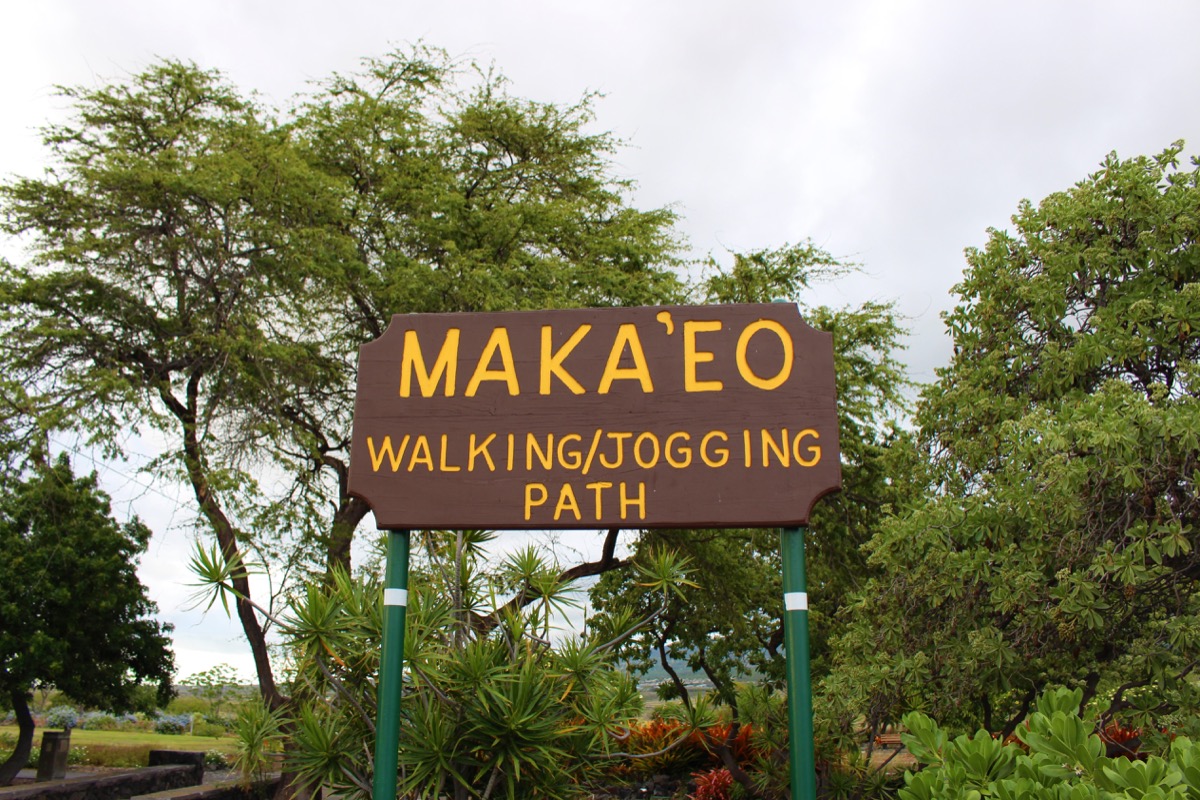
Even though everyone on the islands speaks fluent English, it's important to remember that Hawaii has its own language. Keys recommends that any visitors take the time to learn how to correctly pronounce quick, easy, and common Hawaiian words. There's no need to learn phrases like "where's the bathroom?" but it is "respectful to properly pronounce the streets and important places," she says.
12
The signs are there for a reason.

Around the islands you'll see many signs that warn you to stay out of the area or that say "kapu." Kapu is Hawaiian for "forbidden, keep out, no trespassing." They are always there for a reason, Schaefer says.
"Warning signs and closures of viewpoints or attractions are for the safety of visitors," she says. "Far too many think such rules don't apply to them. Many sites have a 'body count' like Queen's Bath in Princeville, because tourists disregard closures and climb over or go around the locked entry."
13
Disrespecting the land is one of the worst things you can do.

The islands are "not a Disneyland," reminds Schaefer. Many of the signs also may be there to protect the land from you. Some lands in Hawaii are actually considered sacred in Hawaiian culture, and the people here take that very seriously. So the worst thing you can do is be careless about the land they love and care for.
"Respect the land as much as the people—it's all part of practicing aloha," says Keys. "Don't litter, don't be rude, and appreciate the natural beauty that is Hawaii."


